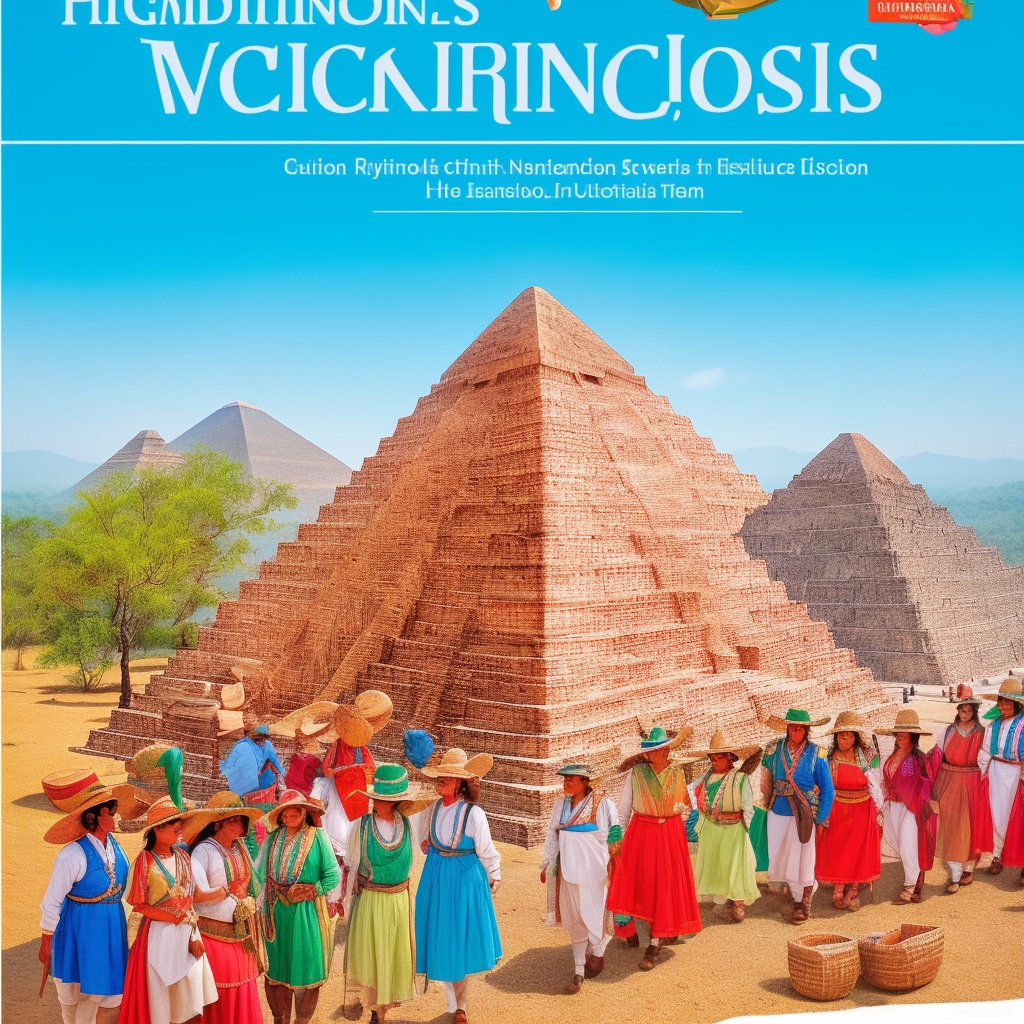Why the Black Death Was So Devastating: 15 Unsettling Realities from the 14th Century
Hey there! Let’s take a stroll through history and unravel why the Black Death hit so hard back in the 14th century. Understanding these factors isn’t just an academic exercise—it’s a way to glean fascinating insights that can guide us in handling pandemics today. What’s interesting is how many of these historical vulnerabilities still echo in our modern world. So, grab a cup of coffee, and let’s dive into it!
The Unseen Highways of Contagion: Trade Routes
The Silk Road wasn’t just about spices and silk; it was, tragically, a superhighway for the disease too. The sheer interconnectedness of these vast trade networks facilitated the rapid, almost unstoppable, spread of the plague. Think of it: goods moved, people moved, and unknowingly, the Yersinia pestis bacteria hitchhiked along. I’ve found that modern parallels with air travel are striking, highlighting just how crucial it is to monitor global movement. A 2024 report by the Global Preparedness Monitoring Board (GPMB), for instance, emphasizes how digital connectivity and global travel are among the key drivers of current pandemic risk, exposing fault lines in our existing prevention architecture. Next time you’re traveling, just think about how these ancient routes were the very lifeblood of both commerce and contagion.
The Unsung Architects of Disaster: Fleas and Rats
You might not think of rats as powerful, but in the 14th century, they were immensely so. Here’s the thing though: it wasn’t the rats themselves, but the fleas clinging to them that carried the deadly plague bacteria. European cities, with their burgeoning populations and rudimentary infrastructure, provided the perfect, densely packed environment for these rodent and insect vectors to thrive. It’s a classic example of how the smallest players often have the biggest, most devastating impact!
When Good Intentions Fall Short: Medieval Medicine’s Limitations
Back then, medicine was less about combating microscopic bacteria and more about balancing abstract “humors” – a concept rooted in ancient Greek thought. Without any understanding of germ theory, treatments were, frustratingly, largely ineffective. Imagine trying to cure a bacterial infection with bloodletting or herbal poultices! This profound lack of scientific medical knowledge meant the disease could spread unchecked, often exacerbated by the very attempts to cure it. It’s truly humbling to see how far we’ve come, and a powerful reminder to always support robust scientific advancements.
The Overlooked Enemy: Why Hygiene Wasn’t a Thing
Personal hygiene in the 14th century was, to put it mildly, not what it is today. Bathing was infrequent, and waste disposal was incredibly rudimentary – often just tossed into streets or rivers. This created incredibly fertile ground for the disease to thrive in dirty, crowded conditions. The plague exploited these unsanitary environments mercilessly. Crucially, embracing cleanliness isn’t just about personal comfort; it’s a fundamental public health lesson that has profoundly stood the test of time.
The Peril of Panic: Superstitions and Fear
Fear and superstition, sadly, ruled the day during the Black Death. This rampant panic often led to misguided and horrific attempts to stop the plague, like blaming and persecuting marginalized groups. It’s a chilling reminder of how easily fear can erode reason and humanity. I’ve always believed that clear, compassionate communication and widespread education are absolutely key to overcoming fear and misinformation during any pandemic.
A Perfect Storm: The Effects of War and Famine
Europe was already reeling from widespread war and persistent famine when the plague arrived. Populations were malnourished, weakened, and often displaced, making them incredibly susceptible to disease. Their immune systems were already compromised, and their resilience, both physical and social, was at an all-time low. This historical context makes me deeply appreciate the critical importance of stability and robust support systems during modern crises.
Urbanization’s Double-Edged Sword: Growing Cities, Growing Risks
Growing cities were, without a doubt, a sign of prosperity and innovation in the medieval era. Yet, they were also, ironically, a perfect breeding ground for disease. The incredibly close quarters, coupled with abysmal sanitation, made it astonishingly easy for the plague to spread like wildfire from person to person. Today, urban planning professionals are actively incorporating lessons from the past, focusing on strategies like integrated planning, green infrastructure, and technological innovation to mitigate similar risks and foster healthier communities.
The Flawed Shield: Why Isolation Wasn’t Effective
While the concept of quarantine emerged, the measures were often primitive and, frustratingly, ineffective due to a profound lack of understanding about disease transmission. People didn’t grasp the incubation period or asymptomatic spread. It’s a stark reminder of how critical timely, informed, and scientifically sound public health measures are for containment, a lesson we saw powerfully reinforced during the COVID-19 pandemic.
The Environmental Factor: Climate Changes Played a Role
The onset of the “Little Ice Age” brought cooler, wetter temperatures to Europe, directly impacting agriculture and living conditions. This environmental stress could have significantly contributed to the vulnerability of populations, making them more susceptible to widespread illness. I find it absolutely fascinating how deeply climate influences public health; for instance, the World Health Organization (WHO) warns that between 2030 and 2050, climate change is expected to cause approximately 250,000 additional deaths per year from malnutrition, malaria, diarrhoea, and heat stress alone, underscoring its continued relevance. It’s certainly something we should keep a very close eye on today.
Bonus Insight: The Role of Religion
Religion played a huge, often overwhelming, role in how people interpreted the plague. Many saw it as divine punishment, which dramatically affected how they responded to it – from fervent prayer and processions to a fatalistic acceptance. It’s a bonus insight that powerfully shows the intricate interplay between deeply held belief systems and public health practices.
The Economic Earthquake: Catastrophic Impacts
The Black Death decimated the labor force, leading to an astonishing economic collapse in many areas. With so many workers gone, wages for survivors soared, land values plummeted, and traditional feudal systems were profoundly shaken. These were not short-term ripples but long-term, society-altering economic effects. Understanding these historical economic impacts is crucial for preparing for the multifaceted challenges of modern pandemics.
The Invisible Wounds: The Psychological Toll
Beyond the physical devastation, the sheer fear, uncertainty, and constant presence of death took an immense psychological toll on survivors. Imagine living through such a period! It’s a poignant reminder of the often-overlooked importance of robust mental health support during any widespread crisis.
Reshaping Society: The Cultural Shifts Post-Plague
The Black Death was far more than just a medical event; it was a catalyst for profound cultural and social changes, fundamentally altering the course of European history. From shifts in art and literature to changes in social mobility and even the decline of serfdom, the plague reshaped societies in ways few could have predicted. It’s a testament to how truly transformative pandemics can be.
The Imperative of Progress: Why Ignoring Scientific Advancements Is Dangerous
Ignoring the hard-won lessons of the past, and crucially, the scientific advancements that followed, puts us at grave risk of repeating history. We’ve developed incredible tools and understandings since the 14th century, from vaccines to advanced sanitation and rapid pathogen identification. To disregard these is a dangerous gamble with our future. We must embrace what we’ve learned to protect ourselves.
The Ultimate Lesson: Learn from History, Prepare for the Future
The single most crucial lesson from the Black Death is to learn from history’s brutal teachers. Understanding the complexities of past pandemics can better equip us to handle future ones. While the World Health Organization (WHO) and Member States are actively working on strengthening the International Health Regulations and finalizing a new Pandemic Agreement by May 2025 to bolster global preparedness, a 2024 report still warns that the world remains “insufficiently prepared” for a rapid 100-day response to a future pandemic. My top recommendation? Stay informed, support public health initiatives, and always, always be proactive about health measures!
So there you have it—15 unsettling realities that explain why the Black Death left such an indelible mark on history. Understanding these factors isn’t just about looking back; it’s about preparing for what might still come our way. Let’s keep these vital insights in mind as we navigate our own health challenges and work towards a more resilient future!
- Tags: History, Public Health, Epidemics, Middle Ages, Pandemic Preparedness, Climate Change, Urban Planning







